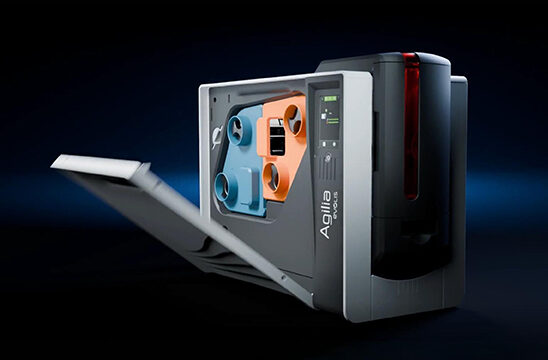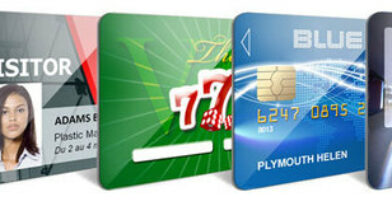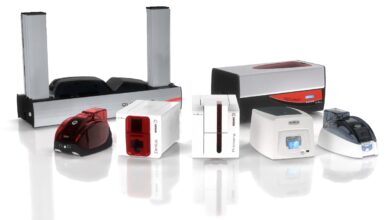The Evolis blog

All about retransfer printing technology
This article explores how retransfer works, its advantages, limitations and applications, and compares the main features of retransfer printers. It also focuses on Agilia, the Evolis retransfer card…

Guide – All about rewrite printing technology
Rewrite is a printing technology used to personalize rewritable cards. The rewritable card can then be erased and reprinted by the rewritable card printer, many times over, depending…

Plastic card printing technologies
A plastic card printer lets you customize plastic ID cards and badges for multiple uses: employee badges, loyalty cards, student cards, payment cards, among others. The smooth surface…

Data encoding on cards
Encoding involves adding data other than visual information to ID cards by integrating it onto a magnetic stripe or chip. Why use data encoding? Increased storage capacity: encoding makes…

Rewritable printing
Rewritable printing technology does not require a ribbon to personalize cards. The card itself holds a thermosensitive material that turns visible when heated to a temperature of 356°…

PVC Card printing
PVC cards, broadly known as plastic cards, require printers other than the traditional consumer-grade inkjet or laser printers, because of their smooth surface. Thermal transfer is the process…

Encoding magnetic stripes
A magnetic stripe is the dark band/stripe which is featured on the reverse of a bank card, for example. The stripe is made up of tiny magnetic particles…

Encoding contactless smart cards
A contactless card operates without any physical link with the reader: communication is performed through microwave frequencies. A contactless card consists of multiple components: There are different models…

Encoding contact smart cards
Contact smart cards have been in use over the past 25 years, and more than a billion cards have been circulated so far. A smart card is a…

Barcodes
A bar code is the first-level encoding option for plastic cards, and it is the most widely used method as well. Graphical encoding is performed as the badge…